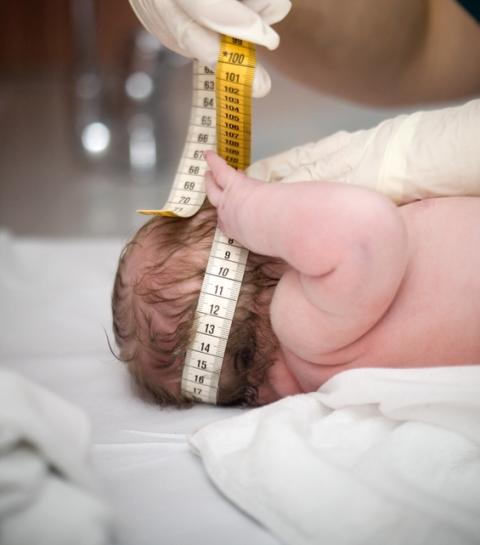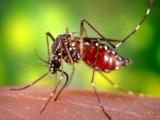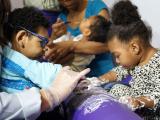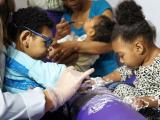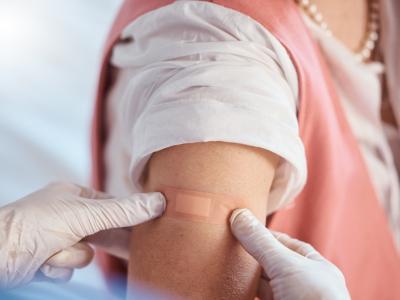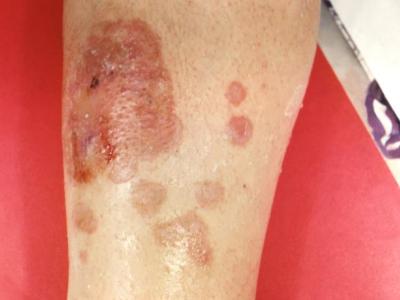Five features rarely seen with other congenital infections are distinct in babies born with Zika-related birth defects, according to a new review of almost three dozen reports in the medical literature.
In US developments, Florida reported three more local infections in the past 2 days, while the number of infected pregnant travelers continues to grow, along with those in pregnant women in US territories.
Internationally, Bolivia reported its first three Zika-linked microcephaly cases in the wake of local transmission that started in January.
Review sifts out five distinguishing features
The review of published accounts detailing Zika-linked birth defects was done by a team led by the US Centers for Disease Control and Prevention (CDC) that also included partners from Brazil. Covering 34 reports published as of Sep 30, most of the review's cases are from Brazil, but also span French Polynesia, Spain, and the United States. The researchers published their findings today in the latest edition of JAMA Pediatrics.
Based on the analysis, features that set Zika-related birth defects apart from those caused by other infections include severe microcephaly with partially collapsed skull, thin cerebral cortices with subcortical calcifications, macular scarring plus focal pigmentary retinal mottling, congenital contractures, and marked early hypertonia with extrapyramidal involvement.
The investigators concluded that congenital Zika syndrome—a term that has been in use since this spring to describe a spectrum of problems physicians are seeing in babies born with Zika virus—is a unique pattern of structural defects and functional disabilities related to central and perhaps peripheral nervous system damage.
Though clinicians still don't know the full spectrum of Zika-related damage, knowing the five distinctive features so far can help clinicians recognize infants and children who need targeted care and follow-up.
Local cases climb by 3 in Florida
In updates posted yesterday and today the Florida Department of Health (Florida Health) reported three more locally acquired Zika cases, one in a Duval County resident who had multiple exposures in Miami-Dade County and a pair involving Miami-Dade County residents whose exposure location is still under investigation.
Officials said they don't believe transmission is occurring in Duval County, located in the northeast corner of the state. Florida now has 188 local infections.
Also, officials reported 7 more travel-related cases, 1 in Broward County, 1 in Miami-Dade, 1 in Osceola County, and 4 involving pregnant women. The developments push Florida's number of imported Zika infections to 776 and the number of infections it is following in pregnant women to 131.
CDC Zika totals grow
In its weekly updates on Zika cases in complications in the US and territories, the CDC said 52 more infections in pregnant women have been reported from the states, lifting the overall total to 1,005. Territory health officials reported 236 more illnesses in pregnant women, boosting that number to 2,263, 98% of them in Puerto Rico.
The number of babies with Zika-linked birth defects born in the continental United States is at 25, with the number of pregnancy losses remaining at 5.
The territories reported 1,447 more local Zika infections, increasing that total to 30,074. US states reported 37 more travel-related infections, edging that number to 3,988. Also, one more sexually transmitted Zika cases was reported domestically, bringing that total to 34.
Cases of Guillain-Barre syndrome (GBS), a rare complication of Zika infection, grew by 2 in the territories, putting the total at 45, while GBS cases in US states remained at 13.
Microcephaly in Bolivia
Bolivia has reported its first three Zika-related microcephaly cases, two in infants born in September and one in October, Agence France-Presse (AFP) reported yesterday, citing a public health official who was quoted in the local media.
The official who announced the cases is with the health department in Santa Cruz department, located in eastern Bolivia on the border with Brazil. According to the AFP report, Bolivia confirmed local Zika transmission in January and issued an alert in March because of a surge in cases.
See also:
Nov 3 JAMA Pediatr review
Nov 3 CDC Zika updates
Nov 2 Florida Health daily Zika update
Nov 3 Florida Health daily Zika update
Nov 2 AFP story
